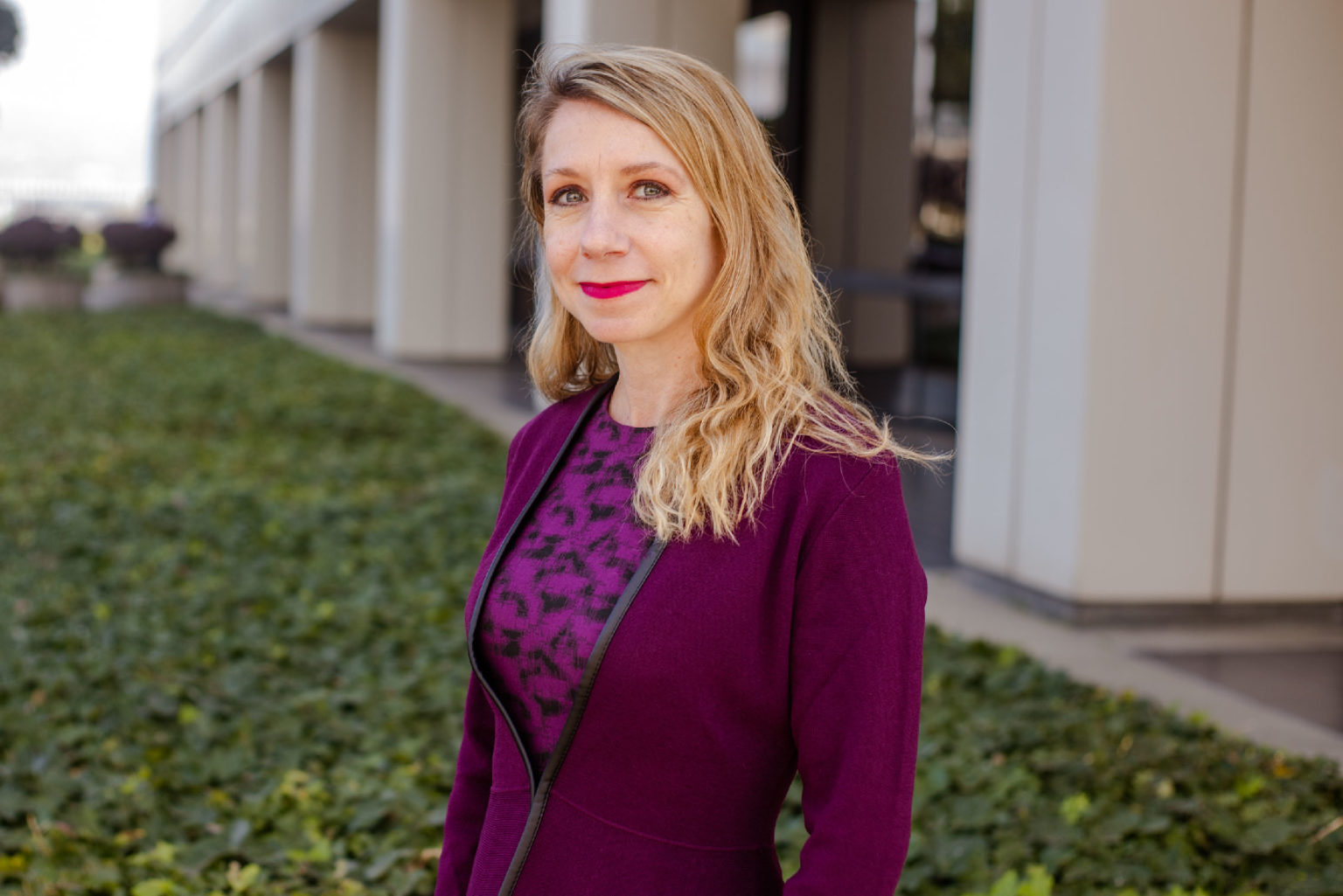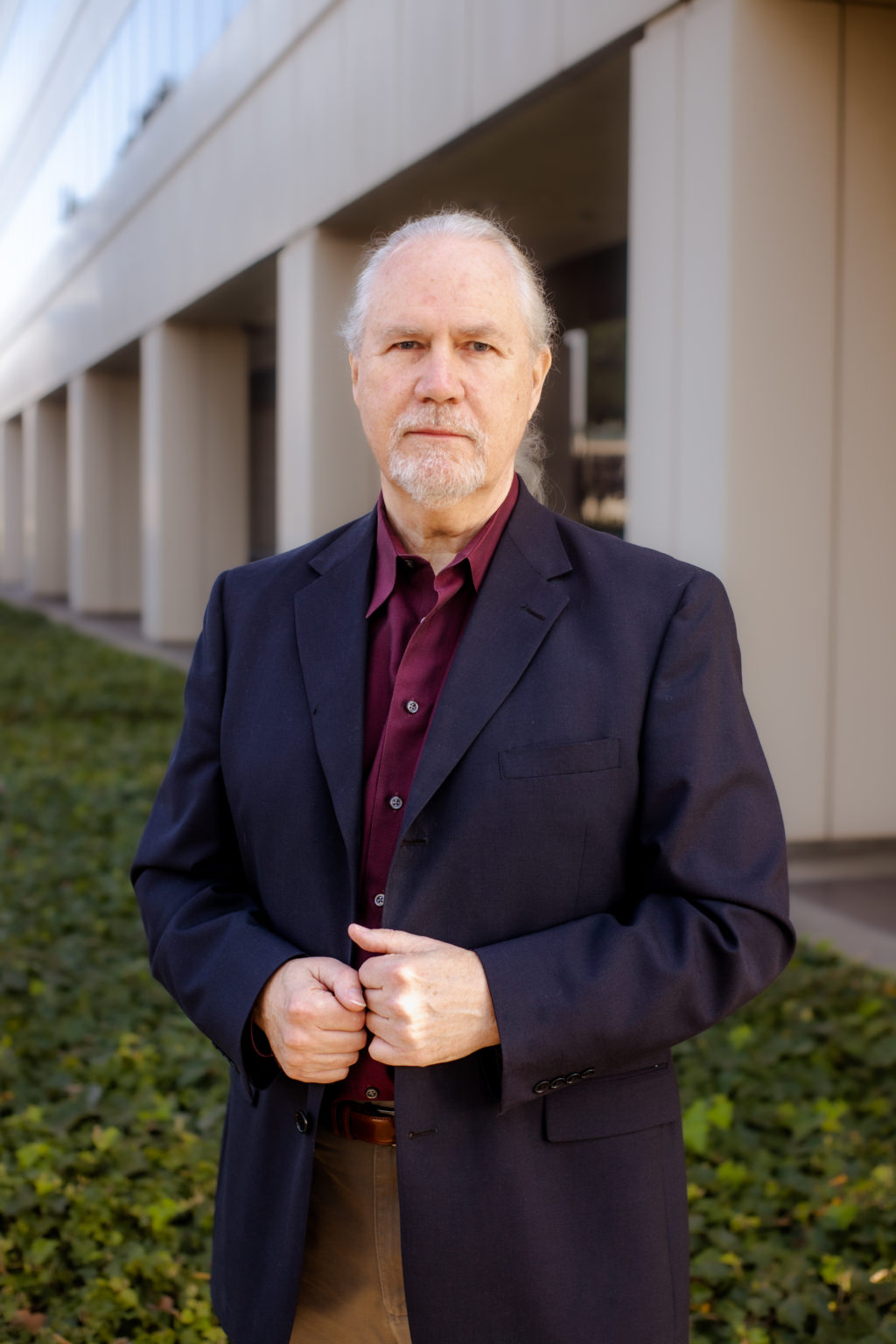 From men to women and from boys to girls, human labor trafficking — or modern day slavery — occurs when anyone compels or coerces a vulnerable individual to provide labor and/or services by depriving or violating their personal liberty, and is a crime, punishable by law.
From men to women and from boys to girls, human labor trafficking — or modern day slavery — occurs when anyone compels or coerces a vulnerable individual to provide labor and/or services by depriving or violating their personal liberty, and is a crime, punishable by law.
Human Labor Trafficking in California
The State of California Department of Justice states “…human trafficking, also known as trafficking in persons or modern-day slavery, is a crime that involves compelling or coercing a person to provide labor or services, or to engage in commercial sex acts…As codified in the California Penal Code, anyone who deprives or violates the personal liberty of another with the intent to obtain forced labor or services, procure or sell the individual for commercial sex, or exploit the individual in obscene matter, is guilty of human trafficking. Depriving or violating a person’s liberty includes ‘substantial and sustained restriction of another’s liberty accomplished through fraud, deceit, coercion, violence, duress, menace, or threat of unlawful injury to the victim or to another person, under circumstances where the person receiving or apprehending the threat reasonably believes that it is likely that the person making the threat would carry it out’…Forced labor or services include ‘labor or services that are performed or provided by a person and are obtained or maintained through force, fraud, or coercion, or equivalent conduct that would reasonably overbear the will of the person’.”
15 Tragic Realities about Human Labor Trafficking in California
Here are 15 tragic realities about human trafficking in California:
Human trafficking is one of the fastest growing criminal enterprises because it holds relatively low risk with high profit potential. Criminal organizations are increasingly attracted to human trafficking because, unlike drugs, humans can be sold repeatedly.
- There are more human slaves in the world today than ever before in history.
- There are an estimated 27 million adults and 13 million children around the world who are victims of human trafficking.
- Although human trafficking is often a hidden crime and accurate statistics are difficult to obtain, researchers estimate that more than 80% of trafficking victims are female. Over 50% of human trafficking victims are children.
- Most human trafficking in the United States occurs in New York, California, and Florida.
- Women are trafficked to the U.S. largely to work in sweatshops, domestic servitude, and agricultural work.
- Human trafficking is estimated to surpass the drug trade in less than five years.
- In approximately 54% of human trafficking cases, the recruiter is a stranger, and in 46% of the cases, the recruiters know the victim. Fifty-two percent of human trafficking recruiters are men, 42% are women, and 6% are both men and women.
- Human trafficking around the globe is estimated to generate a profit of anywhere from $9 billion to $31.6 billion. Half of these profits are made in industrialized countries.
- Human traffickers often work with corrupt government officials to obtain travel documents and seize passports.
- Due to globalization, every continent of the world has been involved in human trafficking, including a country as small as Iceland.
- Today, slaves are cheaper than they have ever been in history. The population explosion has created a great supply of workers, and globalization has created people who are vulnerable and easily enslaved.
- The FBI estimates that over 100,000 children and young women are trafficked in America today. They range in age from nine to 19, with the average being age 11. Many victims are not just runaways or abandoned, but are from “good” families who are coerced by clever traffickers.
- The largest human trafficking case in recent U.S. history occurred in Hawaii in 2010. Global Horizons Manpower, Inc., a labor-recruiting company, bought 400 immigrants in 2004 from Thailand to work on farms in Hawaii. They were lured with false promises of high-paying farm work, but instead their passports were taken away and they were held in forced servitude until they were rescued in 2010.
- According to the U.S. State Department, human trafficking is one of the greatest human rights challenges of this century, both in the United States and around the world.
- Today, a slave costs about $90 on average worldwide.
Causes of Human Labor Trafficking
Most instances of forced labor occur as unscrupulous recruiters and employers take advantage of gaps in law enforcement to exploit vulnerable workers. These workers are made more vulnerable to forced labor practices because of unemployment, poverty, crime, discrimination, corruption, political conflict, and cultural acceptance of forced labor. Immigrants are particularly vulnerable, but individuals are also often forced into labor in their own countries.
- Bonded Labor: One form of force or coercion is the use of a bond, or debt, to keep a person in subjugation. This is referred to in law and policy as “bonded labor” or “debt bondage.” It is criminalized under U.S. law and included as a form of exploitation related to trafficking in the UN Protocol to Prevent, Suppress, and Punish Trafficking in Persons, Especially Women and Children. Many workers around the world fall victim to debt bondage when they assume an initial debt as part of the terms of employment; others inherit debt in more traditional systems of bonded labor. Traditional bonded labor in South Asia enslaves huge numbers of people in this way from generation to generation; nongovernmental organizations (NGOs) estimate that the number of bonded laborers in India alone ranges from 20 million to 65 million.
- Involuntary Servitude: People are trapped in involuntary servitude when they fear that serious physical harm or legal coercion, such as deportation, would result from an attempt to escape their conditions. Victims are often economic migrants and low-skilled laborers who are trafficked from less developed communities to more prosperous and developed places. Many victims experience physical and verbal abuse, breach of an employment contract, and may perceive themselves to be in captivity. Too often, they are.
- Involuntary Domestic Servitude: Domestic workers may be trapped in servitude through the use of force or coercion, such as physical (including sexual) or emotional abuse. Children are particularly vulnerable to domestic servitude in private homes, which is often unregulated by public authorities. In some wealthier countries of East Asia and the Persian Gulf, there is great demand for domestic servants, who are frequently forced into conditions of involuntary domestic servitude.
- Child Labor: Most international organizations and national laws legally allow older children to engage in light work. However, the worst forms of child labor are being targeted for eradication by nations around the globe. Among these hazardous types are the sale and trafficking of children for bonded and forced labor, and the forced conscription of children into armed conflict. In this brutal practice, national armies and rebel militias illegally recruit—sometimes through abduction or force—male and female children as combatants, porters, spies, domestics, and sex slaves.
California Industries with the Highest Human Labor Trafficking
California is the worst state in the nation for labor trafficking. According to the website www.insidermonkey.com, “…[there were] 705 cases of human trafficking…reported [in 2018], making it the state with the highest human trafficking rate in the USA…in our article on worst states for human trafficking in America, we ranked highest human trafficking states using the data provided by the National Human Trafficking Resource Center. California occupied the 1st place on our list, with an estimated 2.55 human trafficking victims per 100.000 people.”
Topping the list of 11 worst states for human trafficking in America, research has shown that there might be nearly 500,000 cases of undocumented victims from Mexico who have been victims of labor trafficking. To respond to this, California has enacted several laws which have deemed human trafficking to be a severe offense with matching punishment. However, according to the aforementioned statistics, these laws seem to have had little to no effect.
Industries in which piece rate pay jobs are common include:
- agricultural work
- cable installation
- call centers
- writing
- editing
- translation
- truck driving
- data entry
- carpet cleaning
- craft work
- manufacturing
Piece-Rate Wage in California
As the world’s largest producer of strawberries, the United States continues to have a higher production demand year after year, thereby increasing the need for field workers. “With the demand of strawberries increasing every year, farmers all over the world are looking for cheaper ways to produce their fruit… We are going to look at…California — a location that benefits from unfair labor practices in order to decrease their costs of production…In 2014 alone, the United States produced three billion pounds of strawberries. 70% of these berries came from 41,500 acres in California with a yield per acre of 50,500 pounds. California has the perfect climate for strawberry harvesting which allows for a year-round growing season, effectively making it the best state for production in the U.S.
“Due to the time sensitive nature of the strawberry harvest, California employers rely heavily on the labor of migrant workers. Of the migrants in California today, anywhere from 30 percent to 60 percent, depending upon the crop, are illegal immigrants. Children of these workers also tend to accompany their parents when they are not enrolled in school in order to increase the family income, some will even come to work and forgo school entirely. Strawberry harvesters are often paid on a piece rate wage. Meaning workers get paid based on the amount of ‘units’ they can produce. It’s a convenient system for agriculture because it’s easily measurable and it’s characterized by repetitive actions. However, daily earnings are calculated by individual worker productivity, so a slower worker can pick berries for the same amount of time (sometimes 13 hours a day), yet get paid much less than their faster counterparts. The demand for strawberries has gone up 13% in the past few years. People are buying more strawberries and have no idea (or don’t want to know) the true way in which they are harvested. For the migrant workers in the U.S. who harvest strawberries to make a living, people suggest throwing out the ‘piece-rate wage‘. The piece rate wage makes it much harder for slower workers to even make it to minimum wage if they aren’t able to collect as many berries as others. These workers are getting paid wages that are impossible to make a living out of!
Working for a piece rate does not mean that employers are exempt from paying minimum wage or overtime requirements, which vary among nations and states. Piece rate compensation is based on paying a specified sum for completing a particular task or making a particular item. In California, compensation is now required for piece-rate workers during mandated rest and recovery periods and other work time that does not generate piece-rate earnings. Employers are required to pay back wage payments to works for previously uncompensated or under compensated rest and recovery periods and other nonproductive time, in exchange for relief from statutory penalties and other damages.
About Us
Aiman-Smith & Marcy is a high-performance, boutique law firm committed to eradicating unethical business practices that large corporations too often inflict on employees, consumers, and businesses. Our practice is dedicated to upholding your rights. Call us today at 1-800-798-8498, check out our blog, or follow us on Twitter.





